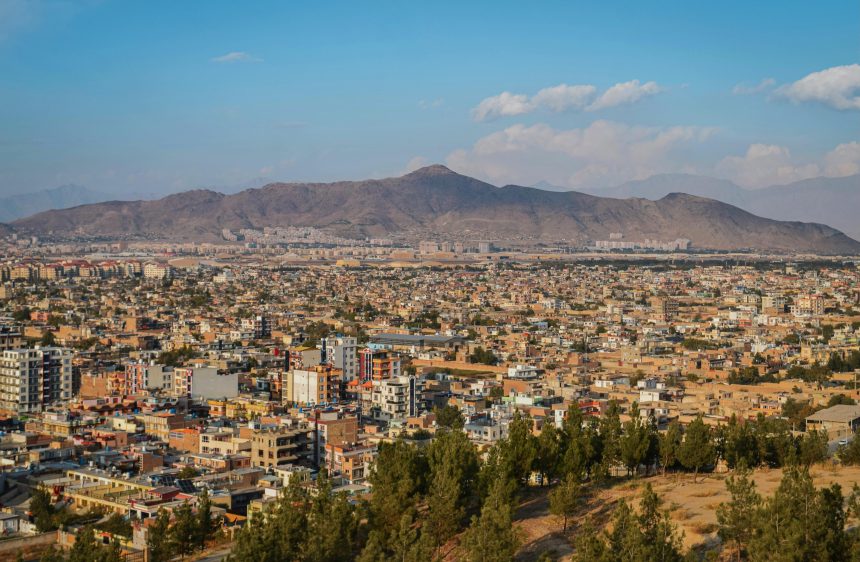What Happened: A Nationwide Blackout
In late September 2025, Afghanistan experienced a sweeping internet blackout. Fiber-optic and cable internet services were severed across multiple provinces, and by September 29, the shutdown had expanded into a de facto nationwide disruption.
Monitoring groups report that connectivity dropped to as low as 1 percent of normal levels. Mobile networks, where still functional, were throttled, and only rudimentary 2G services remained in some areas.
This is the first time since the Taliban returned to power in 2021 that Afghanistan has been cut off to this degree.
What Led to the Shutdown
The blackout followed a series of targeted restrictions on internet access. Earlier in September, the Taliban banned fiber-optic internet in Balkh province, citing the need to “prevent immorality.”
Over the next days, the shutdown expanded to other provinces — including Kunduz, Takhar, Badakhshan, Baghlan, and others — with authorities reportedly confiscating equipment from internet service providers and ordering cable cuts.
The move appears to stem from a directive by Taliban Supreme Leader Hibatullah Akhundzada, who has asserted the internet is unnecessary and previously praised bans under the regime of Mullah Omar.
Immediate Impacts & Disruptions
- Banking & Finance: The blackout disrupted online banking, payments, remittance systems, and other financial operations. In Mazar-e-Sharif, the Taliban restored internet access for banks after local protests over the disruption.
- Public Services & Government Work: Many government offices were ordered to stop using state-led Afghan Telecom services. Some departments suspended operations.
- Women, Education & Business: Afghan women who depended on internet access — for education, remote work, small businesses — are among the hardest hit.
- Media & Freedom of Expression: Journalists, media outlets, and citizens lost a vital platform for communication and reporting. The blackout undermines press freedom, transparency and the ability to document human rights conditions.
- Humanitarian & Disaster Response: With recent earthquakes and population movements, connectivity is critical for disaster response, coordination, and relief efforts. The blackout severely constrains those operations.
Reactions & International Concern
- The United Nations Assistance Mission in Afghanistan (UNAMA) has called on the Taliban to restore services, warning that the shutdown intensifies one of the world’s worst humanitarian crises.
- Civil society, media organizations, and digital rights advocates have condemned the blackout as a blatant suppression of information and technology.
- There has been no detailed public statement from the Taliban justifying the nationwide shutdown — although earlier bans were framed as efforts to curb “immorality.”
Why It Matters
This shutdown is not merely a technical disruption — it is part of a broader pattern of control. Information is being weaponised as a tool of governance. Without internet access, Afghan citizens face:
- Isolation from the global community
- Loss of voice, visibility, and ability to mobilize
- Economic hardship, especially for those already marginalized
- Increased vulnerability to censorship, disinformation, and abuse
This move also marks a stark contrast to prior years when the internet was among the freer zones under Taliban rule — at least in relative terms. The regime now is seeking to suppress digital freedoms at scale.










